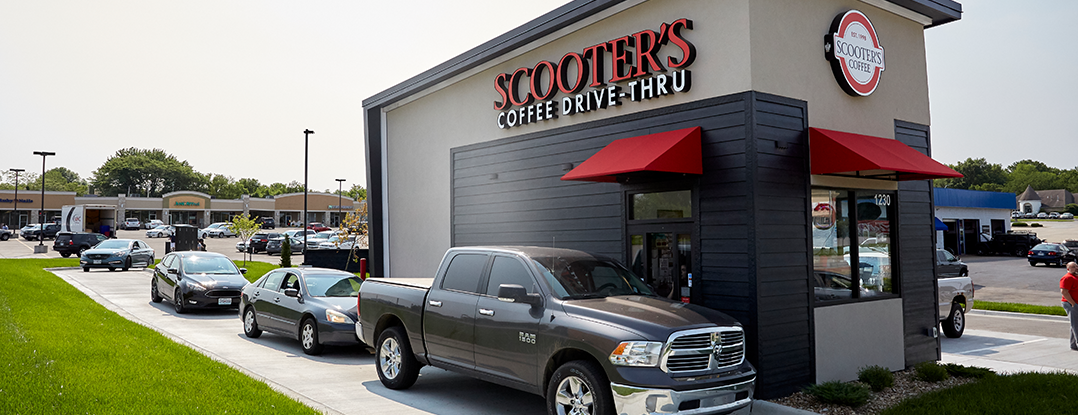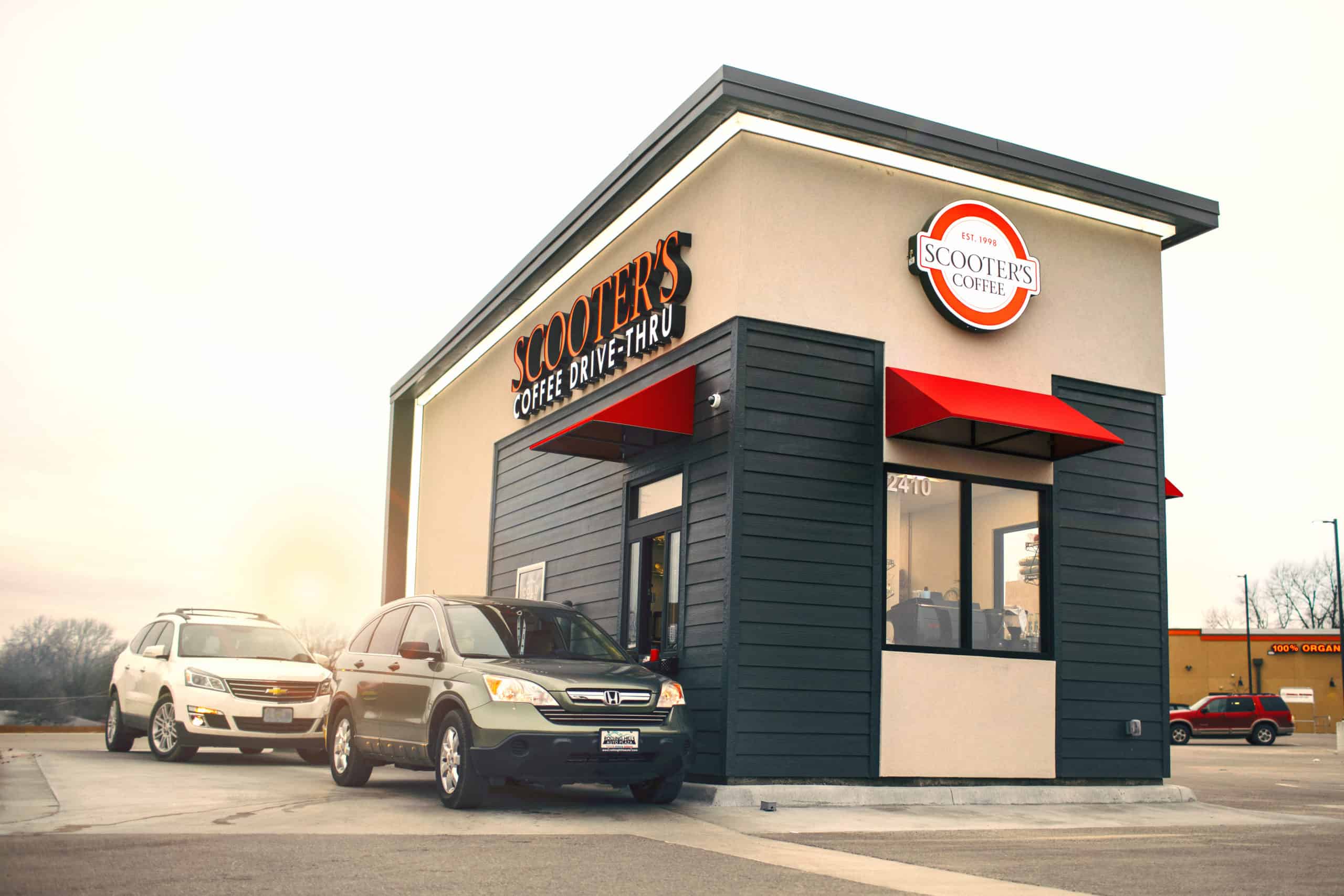

Even if you’re not going for exposed brick walls and an intentionally eclectic mix of mid-century modern seating and reclaimed barnwood touches, setting up a sit-down café can be expensive. Never mind the furniture and the trim; the café equipment costs alone can be daunting. Learn here what to expect in equipment costs, as well as some less expensive options to get into the coffee business.
A simple coffee shop with some dine-in seating seems a simple enough operation. But even a café can be more complicated than you might have realized once you start tallying up your equipment needs.
Espresso machine, bean grinder, coffee brewer, coffee roaster if you’re feeling fancy, and a couple of blenders for those coffee-adjacent milkshake drinks that so many java junkies are fond of. And to start with the obvious — the espresso machine — that’s one of those expenses that rise steeply as you step up the quality.
A basic commercial espresso machine ranges on average between $5,000 and $30,000. Espresso Parts, a manufacturer, says a good quality machine can last seven to 10 years. Practical experience tells us that even a $20,000 machine can experience frequent breakdowns if not properly maintained or serviced at regular intervals, just like changing the oil in your car.
As for the blender, what’s wrong with the $200 blender in your kitchen? Aside from the sound guard equipment that you probably didn’t purchase for home use, even the most avid juicer wouldn’t use that blender more than three times a day. A commercial operation needs a blender that will stand up for dozens of daily uses, so you might want to pencil in $20,000 or so for a good one.
If you’re really into coffee and want to roast your own beans, you could easily spend up to $150,000 on a decent commercial coffee roaster, according to roaster supplier Bellwether Coffee. You’ll also have to pay for installation, ventilation, an after-burner, and warehouse space unless you have an ample-sized shop and the very flexible local regulations.
So, with just three pieces of equipment, we’re already looking at $200,000. If you add up average commercial prices on brewers and grinders, you can add another $5,000 to your equipment package.
And we haven’t factored in the furniture, the rent, or even the cups and spoons (not to mention equipment for any food you’ll be serving). Café equipment costs add up so quickly.
But there is another way.
Now, imagine that instead of starting your own sit-down coffee business, you invest in a franchise instead. A strong franchise brand — and there are dozens to choose from — has all the kinks worked out and the most efficient operations ready to plug and play.
The amount of money you might have spent on grinders, brewers, and roasters alone might be your total startup investment costs. That’s because franchisors have economies of scale and an army of experienced franchise supporters to help you launch and operate your business. You’ll typically need $100,000 in liquid assets, among other financial qualifications, and once approved, you’ll be on your way. You’ll want to check on coffee franchise costs with each brand since costs and benefits vary. Just know that café equipment costs don’t have to kill your entrepreneurial dreams or keep you up nights, as long as you choose your franchise brand wisely.
Scooter’s Coffee® is the fastest-growing drive-thru coffee franchise in the country.* We’ve been franchising for nearly 25 years, and we’re looking for franchise owners to help us expand nationwide. With an AUV of $993,790 and 24% year-over-year same-store sales growth, we can help you realize your dreams of owning your own business. If you’d like to learn more about franchising with Scooter’s Coffee, you can request franchise information. One of our franchise development representatives will be in touch.
*This is a historical representation of what some of our franchisees have earned as described further in Item 19 of the FDD. This information is based on the top 31 of 126 Drive-Thru Kiosks that were open during the entire 2020 calendar year and provided complete information. Of these 31 Drive-Thru Kiosks that comprise the top quartile: (1) 13 of them (or 42%) had an AUV that met or exceeded $993,790, (2) 13 of them (or 42%) had a Net Profit Margin that met or exceeded the average, and (3) 15 of them (or 48%) had an EBITDA that met or exceeded the average. Your results may differ. There is no assurance that you will sell or earn as much. See Item 19 of the FDD for more information.